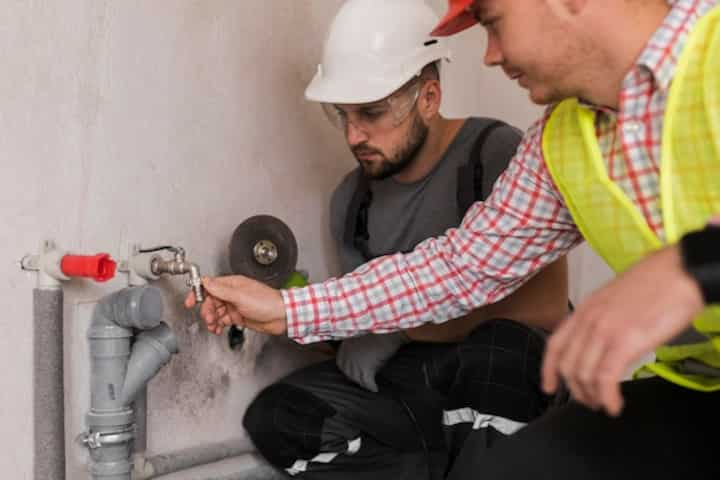
Expert Tips for Efficient Electric Hot Water Heater Installation
Installing an electric hot water heater can be a daunting task, especially for those who are not familiar with plumbing and electrical systems. However, with the right approach and a few expert tips, the process can become significantly more manageable. This article provides key insights to streamline your installation process, reduce risks, and ensure optimal performance of your new appliance.
Initial Preparations
Before commencing with the installation, it's important to make adequate preparations. This stage sets the foundation for a successful setup.
- Ensure the electrical and plumbing systems are compliant with local codes and standards. Consulting a professional might be necessary to verify compliance. Explore further insights here.
- Determine the right size and capacity of the water heater based on household needs. A mismatch can lead to inefficiency and increased energy costs.
- Gather all required tools and materials including pipe wrenches, pliers, screwdrivers, and a voltage tester to ensure a smooth installation process.
Installation Process
Positioning the Heater
Proper placement of the water heater is crucial for both safety and efficiency. Consider the following:
- Choose a location that allows for easy access for maintenance and repairs. This also aids in quick identification and troubleshooting of issues.
- Ensure the area is free from flammable materials and substances to prevent potential hazards.
- Install the heater upright and on a level surface to avoid operational issues. Find additional information here.
Electrical Connections
Proper electrical connections are vital for the safe operation of the water heater. Pay attention to these key aspects:
- Before making any connections, disconnect the power supply to avoid electrical shocks. Use a voltage tester to confirm no electricity is flowing.
- Follow the manufacturer's wiring diagram meticulously to ensure all connections are secure and correctly aligned.
- Install a dedicated circuit breaker to prevent overloads and potential electrical failures.
Connecting the Water Supply
Once the electrical setup is complete, the next step is connecting the water supply:
- Attach the cold water inlet and hot water outlet pipes using appropriate connectors and ensure they are tightly sealed to prevent leaks.
- Check all joints and connections for leaks after turning on the water supply. Learn more in this detailed guide.
- Consider installing a pressure relief valve to manage any pressure build-up within the heater.
Testing and Final Checks
After completing the installation, it's essential to perform testing and final checks to ensure everything is working as intended:
- Turn on the power supply and allow the heater to fill with water. Monitor the temperature settings and adjust as necessary.
- Inspect for any unusual noises or vibrations that could indicate installation issues.
- Verify that all safety features, including the thermostat and pressure relief valve, are functioning correctly. Read more about this topic.
Maintenance Tips
To ensure the longevity and efficiency of the electric hot water heater, regular maintenance is key:
- Periodically check for sediment build-up and flush the tank to maintain efficiency and prevent damage.
- Inspect the anode rod regularly and replace it when it shows signs of wear to prevent rust and corrosion.
- Schedule professional inspections annually to identify and rectify potential issues early. Find additional information here.